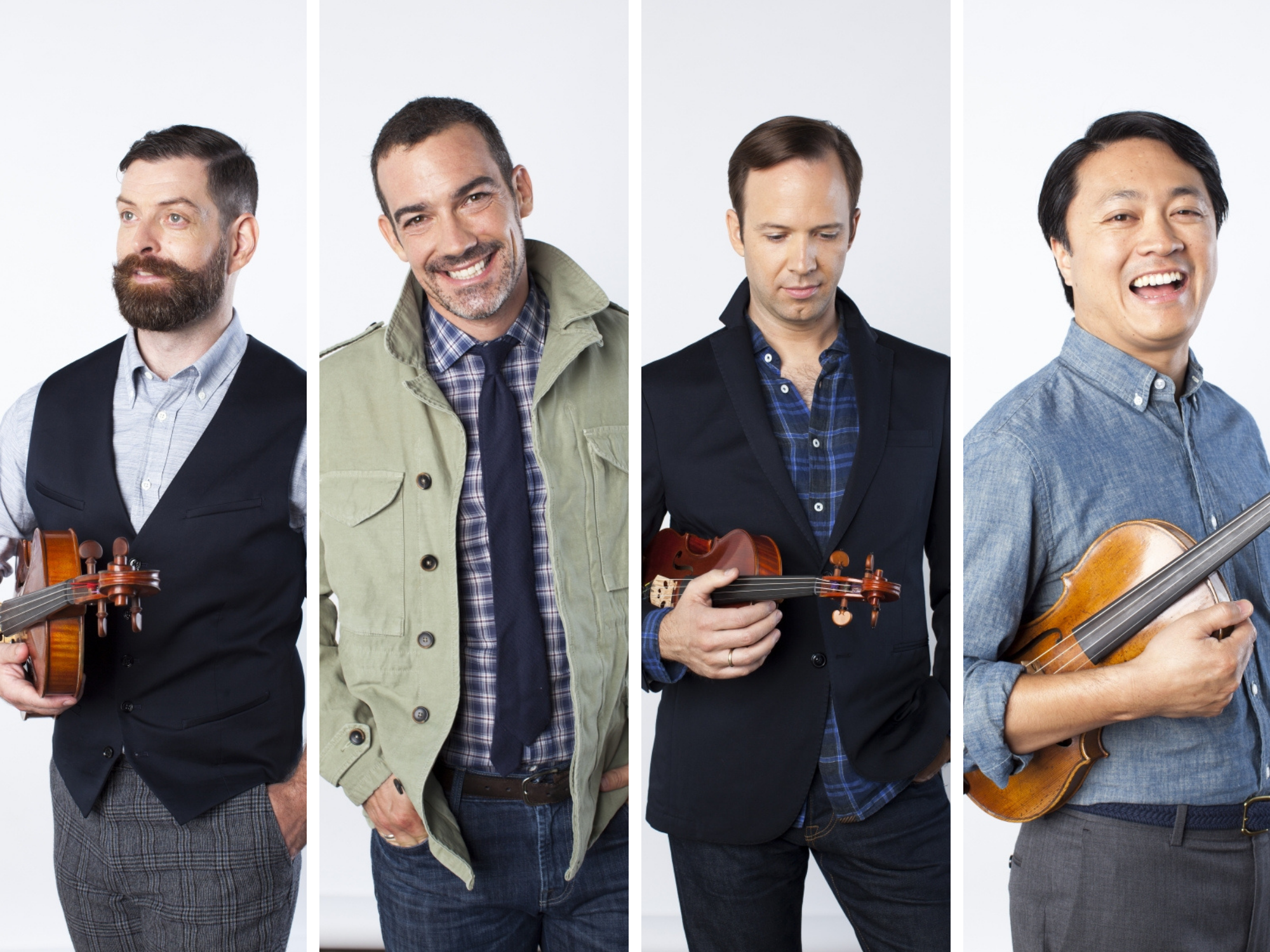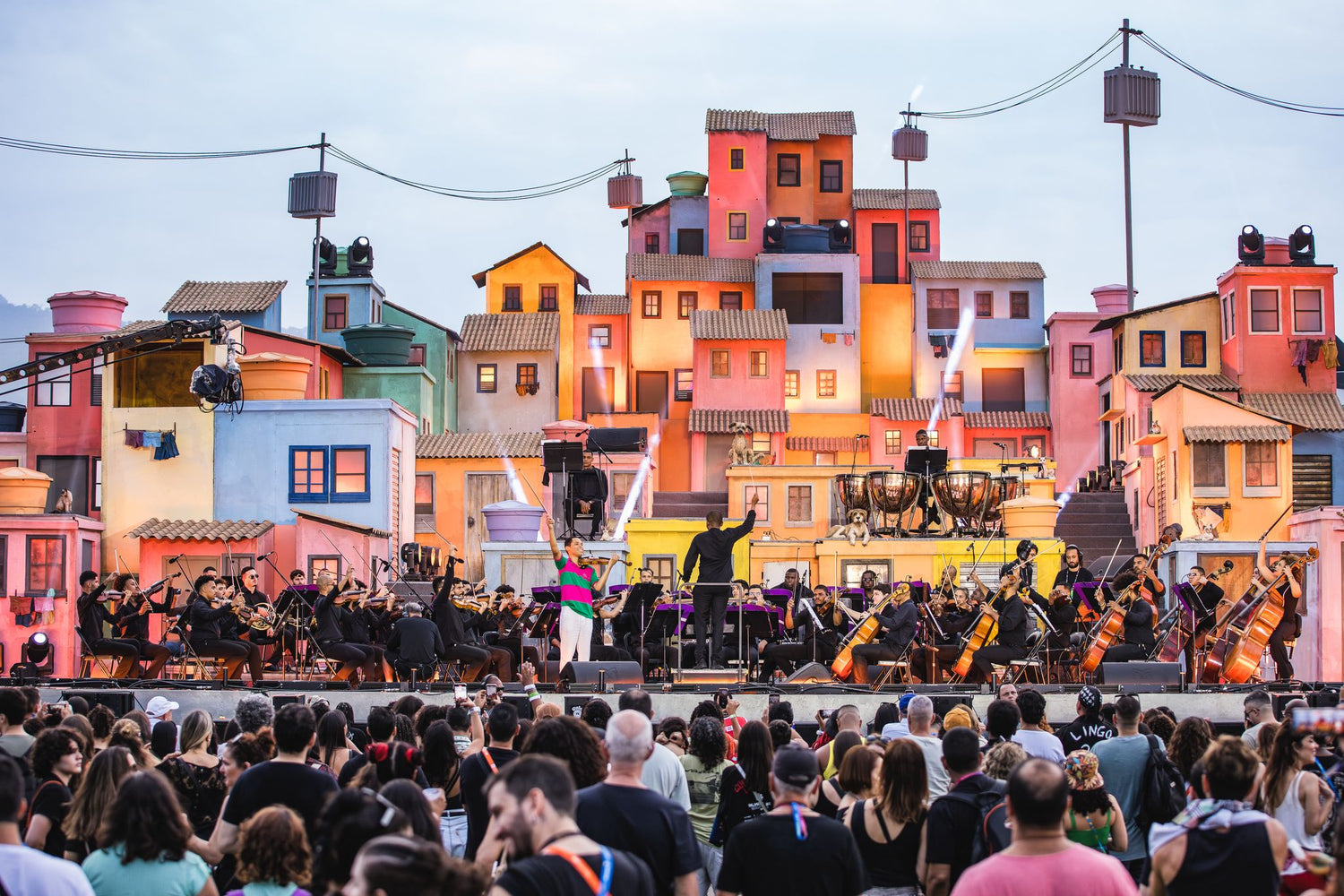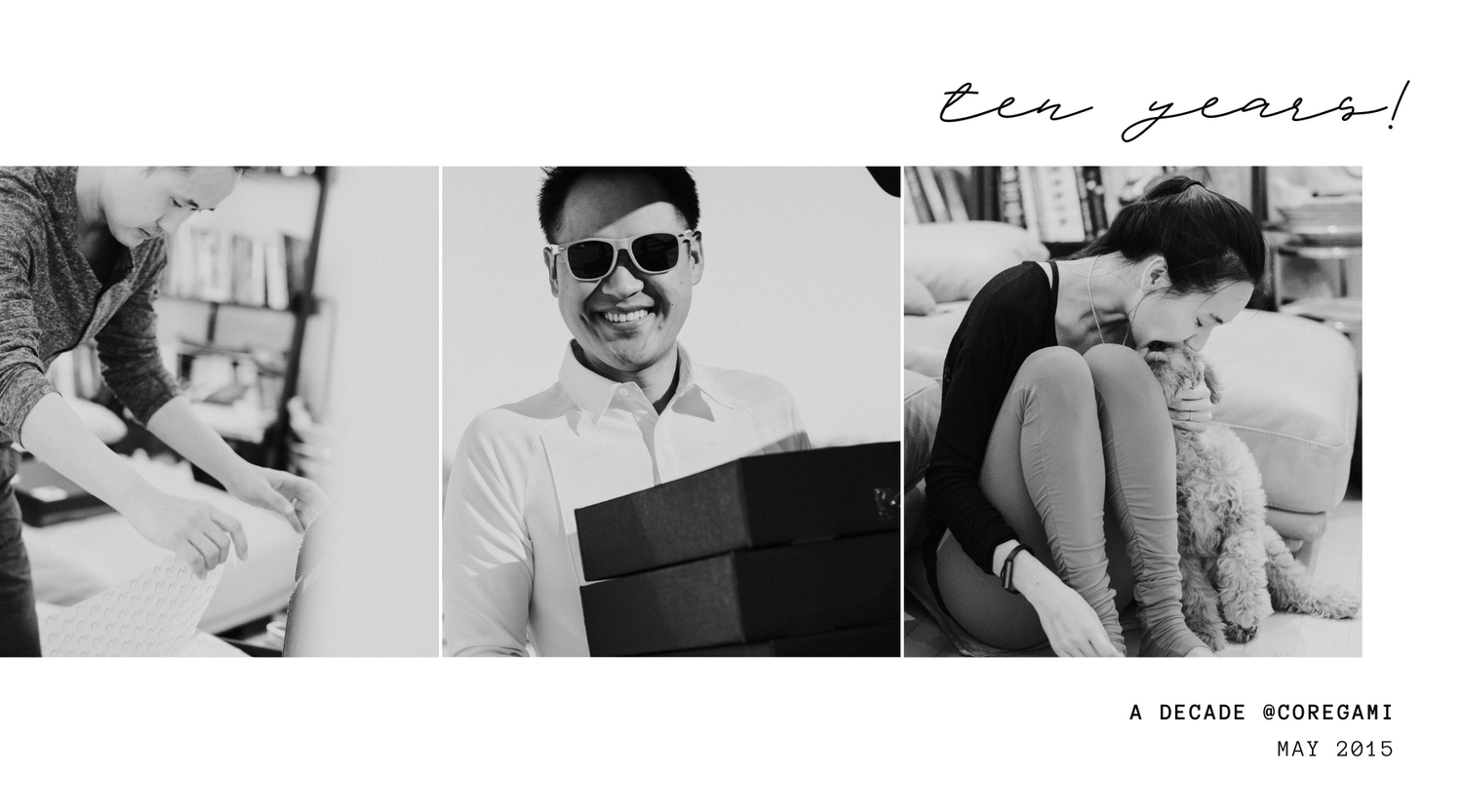Named for Spanish artist Joan Miró, this string quartet paints beautiful music together
Formed in 1995, the quartet is consistently praised for their deeply music interpretations, exciting performances, and thoughtful programming. So, naturally, we wanted to know more about what makes this group of four truly harmonize. Here’s what Joshua—the group’s cellist (and resident “PR guy”)—had to say on behalf of the quartet.

Rachel Watkins
01/10/2018
One look at the Instagram page of the Miró Quartet, and one can quickly see that it’s not all work and no play—so to speak—for members Daniel Ching, William Fedkenheuer, John Largess, and Joshua Gindele. While these four musical powerhouses are serious about their craft, they know that playing well requires some fun, too, after all.
Ask any of them, and they’ll also admit that they are deeply individual in their musical style. But, they’ve made those differences their collective strength, as they make beautiful music together—both at home as the quartet-in-residence at The University of Texas at Austin, and beyond, performing on the world’s most prestigious concert stages.
How did the Miró Quartet begin?
Well, our love of chamber music is really what brought us together. But, you could easily say that’s where the similarities ended! We really were and are so different—individually, artistically, and musically—and that uniqueness in personality often created some tension in the beginning, as we sorted out the way each piece “should” be played or interpreted. But, what was once a challenge has turned into our greatest strength. We didn’t want to homogenize the group too much, and you can really hear the musical character of each member shine through in addition to the cohesive whole.
"At the end of the day, we want everyone’s voice to be heard. "
What connects the quartet together?
From the beginning, we decided that it was important to nurture our interpersonal relationships with one another—through friendship, respect, and deprioritizing ego. We approach music in very different ways, but we are all equally passionate. Some of us are more academic and brainy; others are more instinctual and play by feel. And, we all have different loves and joys in music-making. But, at the end of the day, we want everyone’s voice to be heard.
Your quartet was named for the Spanish artist, Joan Miró. Tell us more!
The name came to us very early on. Miró was known for his surrealist, imaginative work, but we were actually more inspired by his conception of creating art. For us, we see that as upholding what’s been done so beautifully before you—as far as the technique. Then, when it comes to making your own art and music, it’s about forgetting the past and creating your own personal voice; there has to be a soulful, unique quality.
What is your goal as a quartet?
Here’s the thing: The “great” musical works from the iconic composers have been played and recorded a lot. But, we still feel as if we have something distinct to say with our musical interpretation and that it’s worth exploring some of these pieces further. So, while we generally focus on a standard core repertoire, we are most interested in doing it the Miró way—personally and soulfully, bringing something new to the time-honored “greats”.
The quartet does a lot with community partnerships, as well. Why is that important to you?
All of us in the quartet had and have amazing mentors, along with a lot of musical education and experiences when we were kids that made us want to become musicians. So, we feel like we’re stewards of information, in a way, and we want to share the gems and joys of music-making with others—especially students. If we can pass along to others our bits of knowledge and share our passion, perhaps we are doing some small thing to keep the art alive.
" We’ve found that laughter and lightheartedness creates an environment of support that carries over on stage. "
How do you get ready for the big show?
We are heavy rehearsers. Being consistent in rehearsal is really important. But, all in all, we try to keep it light with laughter and jokes, too. After all, shows should be fun, and we need to be enjoying the experience. We’ve found that laughter and lightheartedness creates an environment of support that carries over on stage.
Most memorable performance thus far?
There have been lots of big, major performances such as Avery Fisher Hall with the New York Philharmonic and so many more. And, we’re so grateful for those. But, collectively as a quartet, we’ve found that the moments that really resonate are sometimes not what many would consider a high-profile event. One example that’s consistent among the four of us is an Orcas Island music festival in Washington. It’s a festival that we’ve been going to regularly, so we know a lot of people on the island. However, it’s just so special there because you can feel the support and love from the audience so strongly. Being able to connect with them shows what the power of music and community can do.
What’s next for the quartet?
We are finishing up the recording of Beethoven’s string quartets. As it so happens, Beethoven’s 250th year in 2020 will also be our 25th season together, so the 2019/2020 season is a big one for us, and we’re looking at some special programs and a lot more Beethoven. The recreation of his historical quartet programs will be a very different way of looking at those pieces while paying homage to our predecessors.
"For us as a quartet, we try all sorts of stuff because traveling with tuxes and shirts is taxing. It’s hard to keep things looking good and fresh—and washing cotton shirts in a hotel sink never turns out well. "
How did you all find out about Coregami?
Daniel [Ching] knows the Coregami founder, Kevin, quite well. But, I had heard about the brand because of some other artists who were using the product and raving about it. For us as a quartet, we try all sorts of stuff because traveling with tuxes and shirts is taxing. It’s hard to keep things looking good and fresh—and washing cotton shirts in a hotel sink never turns out well. The shirts from Coregami are just so superior to anything else we’ve tried.
What’s your favorite quality about the Coregami shirt?
The way Coregami designed the shirts is really smart. They are so easy to handle and take care of on the road. And, they always look good. I even wear them when I’m not playing, like when I’m going to a charity benefit or gala, because they are just so comfortable. Plus, I’m tall, and I never have the problem of a Coregami shirt coming untucked like I do with all other shirts. As a quartet, we’re just grateful that Coregami designed these shirts, because it makes our lives a lot easier. You won’t see us on stage without one of his shirts on!

About The Miro String Quartet
The Miró Quartet is one of the world’s most celebrated and dedicated string quartets, having been labeled by The New Yorker as “furiously committed” and noted by the Cleveland Plain-Dealer for their “exceptional tonal focus and interpretive intensity.” For the past twenty years they have performed throughout the world on the most prestigious concert stages, earning accolades from critics and audiences alike.
Based in Austin, TX, and thriving on the area’s storied music scene, the Miró takes pride in finding new ways to communicate with audiences of all backgrounds while honoring the longstanding tradition of chamber music. Formed in 1995, the Miró Quartet was awarded first prize at several national and international competitions, including the Banff International String Quartet Competition and the Naumburg Chamber Music Competition. Since 2003 the Miró has served as the Faculty Quartet-in-Residence at the University of Texas at Austin’s Sarah and Ernest Butler School of Music.
Visit www.miroquartet.com for more information.





